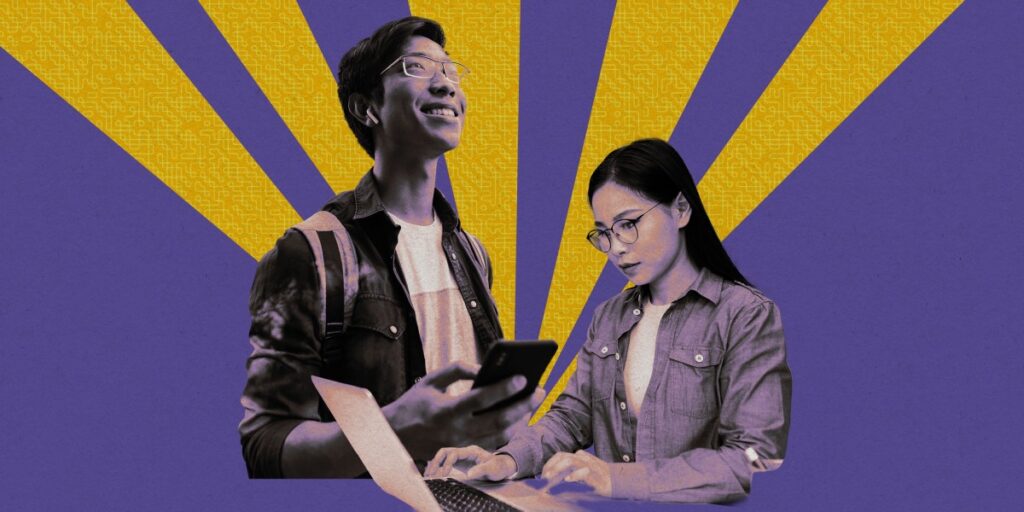However, there’s a crucial difference. While many educators in the West see AI as a threat they have to manage, more Chinese classrooms are treating it as a skill to be mastered. In fact, as the Chinese-developed model DeepSeek gains in popularity globally, people increasingly see it as a source of national pride. The conversation in Chinese universities has gradually shifted from worrying about the implications for academic integrity to encouraging literacy, productivity, and staying ahead.
The cultural divide is even more apparent in public sentiment. A report on global AI attitudes from Stanford University’s Institute for Human-Centered Artificial Intelligence (HAI) found that China leads the world in enthusiasm. About 80% of Chinese respondents said they were “excited” about new AI services—compared with just 35% in the US and 38% in the UK.
“This attitude isn’t surprising,” says Fang Kecheng, a professor in communications at the Chinese University of Hong Kong. “There’s a long tradition in China of believing in technology as a driver of national progress, tracing back to the 1980s, when Deng Xiaoping was already saying that science and technology are primary productive forces.”
From taboo to toolkit
Liu Bingyu, one of He’s professors at the China University of Political Science and Law, says AI can act as “instructor, brainstorm partner, secretary, and devil’s advocate.” She added a full session on AI guidelines to her lecture series this year, after the university encouraged “responsible and confident” use of AI.
Liu recommends that students use generative AI to write literature reviews, draft abstracts, generate charts, and organize thoughts. She’s created slides that lay out detailed examples of good and bad prompts, along with one core principle: AI can’t replace human judgment. “Only high-quality input and smart prompting can lead to good results,” she says.


